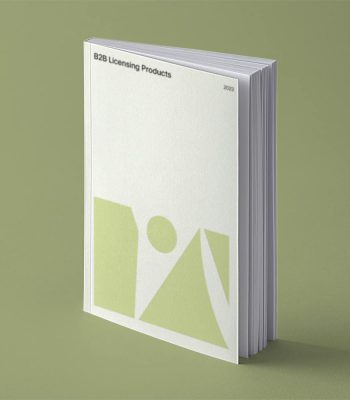 Site intended for UK
audience
Site intended for UK
audience Site intended for UK
audience
Site intended for UK
audienceWe are committed to developing and commercializing innovative medicines for the treatment of severe and chronic conditions internationally.
Who we are


About us
We develop, produce, and allocate unique brand name products as well as generics for the well-being of people in Austria and abroad. As a supplier to Austria’s healthcare sector, we partner with general practitioners, pharmacists, and pharmaceutical wholesalers.
Our Products
Would you like to learn more about the active ingredient of a particular medicine? Here you will find detailed information about our pharmaceuticals as well as an overview of them. Furthermore, you can learn everything you need to know about our medicines: How does the active ingredient work in the body? When and how is it used? What side effects can occur with the active ingredient?
Innovation
Our research is focused on innovative and generic proprietary developments in often very specialized indication areas.
We are committed to a continuous investment into pharmaceutical research and development to make patients’ life easier and more liveable every day.
Medication-Assisted Treatment
Drug addiction and diseases related to drug use have increased in the last decade. But at the same time, there has also been an evolution in the field of drug treatment.
Learn more about the topic of substitution therapy.
Join us!
At GL Pharma, we offer an attractive workplace in a modern environment. Become part of a young dynamic team in a renowned Austrian company!
Send us your general application or learn more about our open positions.